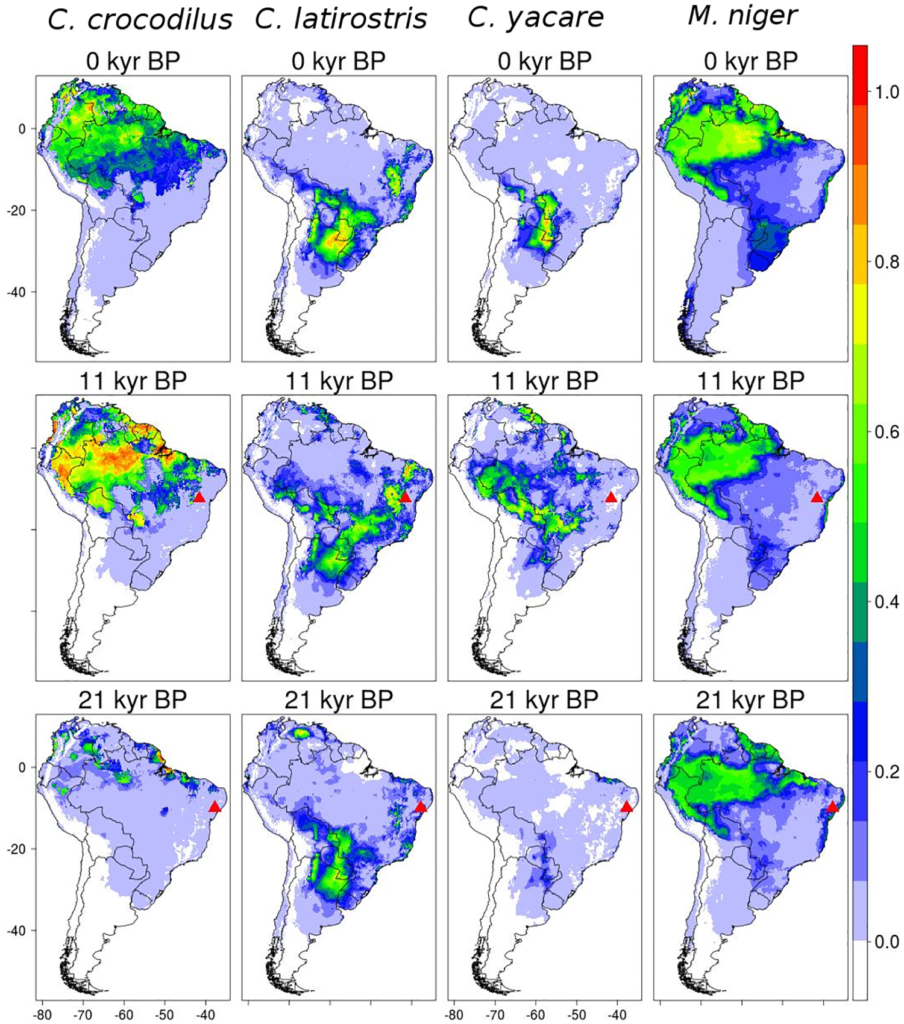@WFS,World Fossil Society,Riffin T Sajeev,Russel T Sajeev
Extending the paleontology–biogeography reciprocity with SDMs:
Citation: Eduardo AA, Martinez PA, Gouveia SF, Santos FdS, Aragão WSd, Morales-Barbero J, et al. (2018) Extending the paleontology–biogeography reciprocity with SDMs: Exploring models and data in reducing fossil taxonomic uncertainty. PLoS ONE 13(3): e0194725. https://doi.org/10.1371/journal.pone.0194725
Editor: Magnus Ivarsson, Swedish Museum of Natural History, SWEDEN
Historically, studies aimed at prospecting and analyzing paleontological and neontological data to investigate species distribution have developed separately. Research at the interface between paleontology and biogeography has shown a unidirectional bias, mostly focusing on how paleontological information can aid biogeography to understand species distribution through time. However, the modern suit of techniques of ecological biogeography, particularly species distribution models (SDM), can be instrumental for paleontologists as well, improving the biogeography-paleontology interchange. In this study, we explore how to use paleoclimatic data and SDMs to support paleontological investigation regarding reduction of taxonomic uncertainty. Employing current data from two neotropical species (Lagostomus maximus and Myocastor coipus), we implemented SDMs and performed model validation comparing hindcasts with dated fossil occurrences (~14k and ~20k years back present, respectively). Finally, we employed the hindcasting process for two South American fossil records of a misidentified species of caiman (Caiman sp.) to show that C. latirostris is the most likely species identity of these fossils (among four candidate species: C. latirostris, C. yacare, C. crocodilus, and Melanosuchus niger). Possible limitations of the approach are discussed. With this strategy, we have shown that current developments in biogeography research can favour paleontology, extending the (biased) current interchange between these two scientific disciplines.

Results of Maxent algorithm for the caiman species (C. c. crocodilus, C. yacare, C. latirostsris, and M. niger).The suitability projections for current time are showed in continuous scale (between 0 and 1). Triangles represent the coordinates of fossil records
@WFS,World Fossil Society,Riffin T Sajeev,Russel T Sajeev



 June 4th, 2018
June 4th, 2018  Riffin
Riffin  Posted in
Posted in  Tags:
Tags: 